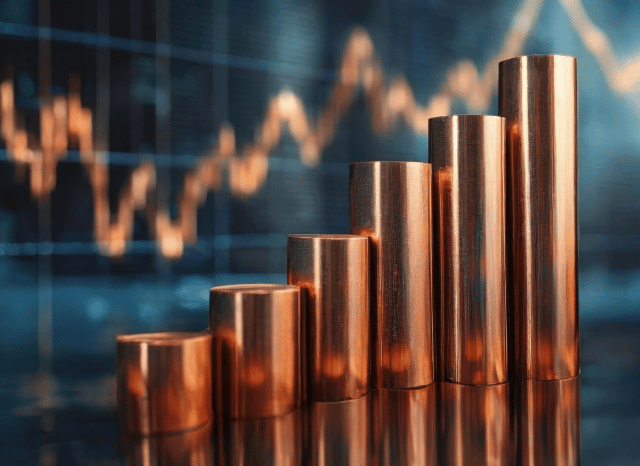Scarce Earth Element Minerals: Worldwide Source and Need by Stanislav Kondrashov
Scarce Earth Element Minerals: Worldwide Source and Need by Stanislav Kondrashov
Blog Article

The strategic metals powering the Vitality transition are now centre phase in geopolitics and sector.
After confined to niche scientific and industrial circles, scarce earth things (REEs) have surged into world-wide headlines—and for good rationale. These 17 features, from neodymium to dysprosium, would be the setting up blocks of modern technologies, taking part in a central job in anything from wind turbines to electric automobile motors, smartphones to defence units.
As the entire world races to decarbonisation and digitalisation, demand for REEs is soaring. Their part during the Power transition is vital. Significant-performance magnets created with neodymium and praseodymium are necessary to the electric motors used in each EVs and wind turbines. Other REEs like europium and terbium are beneficial for lighting, shows, and optical fibre networks.
But source is precariously concentrated. China now leads the sourcing, separation, and refining of rare earths, managing in excess of 80% of global output. This has remaining other nations scrambling to create resilient supply chains, reduce dependency, and protected entry to these strategic sources. As a result, scarce earths are no more just industrial resources—They are geopolitical property.
Buyers have taken Notice. Interest in exceptional earth-connected shares and exchange-traded money (ETFs) has surged, pushed by the two The expansion in thoroughly clean tech and the will to hedge against offer shocks. Yet the marketplace is complex. Some corporations remain inside the exploration section, Other individuals are scaling up output, whilst some are currently refining and providing processed metals.
It’s also important to know the difference between uncommon earth minerals and unusual earth metals. "Minerals" read more check with the Uncooked rocks—like bastnasite, monazite, xenotime, or ionic clays—that contain rare earths in organic kind. These call for intensive processing to isolate the metallic aspects. The phrase “metals,” Then again, refers to the purified chemical factors used in higher-tech applications.
Processing these minerals into usable metals is pricey. Beyond China, several international locations have mastered the total industrial procedure at scale, though places like Australia, the U.S., Vietnam, and Brazil are Doing the job to alter that.
Demand is remaining fuelled by various sectors:
· Electric mobility: magnets in motors
· Renewable Electrical power: specially wind turbines
· Buyer electronics: smartphones, laptops, sensors
· Defence: radar, sonar, precision-guided systems
· Automation and robotics: ever more crucial in field
Neodymium stands out as a particularly important uncommon earth as a consequence of its use in effective magnets. Others, like dysprosium and terbium, increase thermal steadiness in high-functionality purposes.
The rare earth industry is unstable. Selling prices can swing with trade plan, technological breakthroughs, or new source resources. For buyers, ETFs give diversification, while direct inventory investments have bigger risk but possibly better returns.
What’s obvious is the fact exceptional earths are no more obscure chemical curiosities—they’re strategic methods reshaping the global financial system.